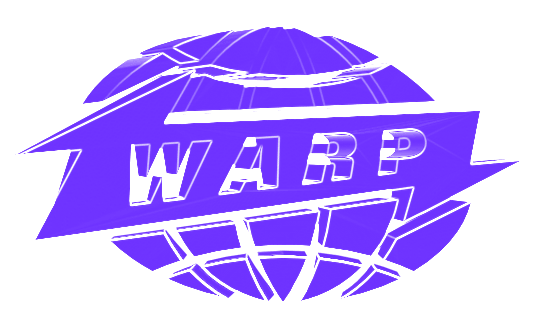The recordings were made at the home of my schoolfriend Chris Marshall during a two-week period in July 1994. As his parents were away, the Victorian semi in Southminster, Essex, became the site of a 24-hour continuum of rave onslaught, hanging out and general revelry. Friends arrived and departed whilst the music was played live and recorded amidst a steady stream of dance 12"s courtesy of Hardy, and generous helpings of Stella Artois courtesy of the Marshall family fridge. The combination of borrowed, hired and my own gear, set up on the dining table, was the most extensive range of equipment I'd had access to at that point. The initial idea was to record 'O'Brien' and 'Whooshki' for a 12", of which 1000 copies would be pressed. 'O'Brien' had become a favourite amongst friends, and 'Whooshki' seemed to me like it had some commercial potential. Had I stuck to this plan, the resulting release may have been a shade more marketable. But once these two pieces were completed, recording more material was irresistible.
The structure of 'Whooshki' was somewhat inspired by the time-honoured idea of gradually adding instruments, building up to the final triumphant addition of a 4/4 bass drum. The 16 ½ minute duration is testament to how much fun I was having when I made it, and I recall a friend being visibly moved as it was recorded. '1994' drew on the combination of breaks, noise and atonal synths found in Industrial Strength releases of that time, along with my own vision of subterranean speed-doom. 'O'Brien' was originally recorded on cassette in the summer of 1993; the version on Stereotype was a fair bit faster and heavier. The idea was a variant on that of '1994', specifically of breakbeat-driven chaos intensified by a desolate minor tonality; the music of jubilant despair. 'Greenwidth' was intended to be lighter, more like the 808 State of 'Deepville' meets jungle-techno. I was told at the time that Colin Faver played it on Kiss FM, though I'm not aware of any recordings of the show. 'Falling' was done in a single evening when I found myself alone at the house, and was initially developed from some BFC-inspired Korg Wavestation chords, using a distorted Boss DR-660 for drums and the last of the Stella Artois. 'O'Brien (Darkness)' was recorded last of all, and was more of a spontaneous jam than the others, using elements of the original, including the Roland SH-101 riff, and modified versions of the DR-660 drum patterns. The DAT heard fast-forwarding at the beginning was a very rudimentary way of reducing the duration. It was intended to be a more lysergic take on the 'dark' breakbeat music of that period.
The culmination, having finished the recordings, was the Stereotype 'live P.A.' at Eurobeat 2000 at Turnmills, London. My friends and I often went, and I had become friendly with the promoter Frankie D who, after much pestering, eventually offered me a 30-minute slot. In turn I tried to help him out by loaning my SH-101 to Thomas P. Heckmann for his show of the same year, whose only comment to me was to point out, correctly, that the filter modulation slider didn't work. Chris and I also offered to give out Eurobeat 2000 fliers outside Ministry of Sound – when we arrived I thought that we had forgotten them but when Chris dropped me off later the following day we discovered that the fliers had, all along, been in the boot of his car. Despite a correspondingly displeased promoter, the Stereotype show happened as planned on 25th August 1994. Carl Craig was on the bill, which was exciting and I was looking forward to chatting with him, though he discreetly, and perhaps understandably, left immediately after his set. It was the first solo electronic show I'd done in London, and the sound of the 'Whooshki' SH-101 riff beginning to echo around the venue that night was a uniquely thrilling moment.
